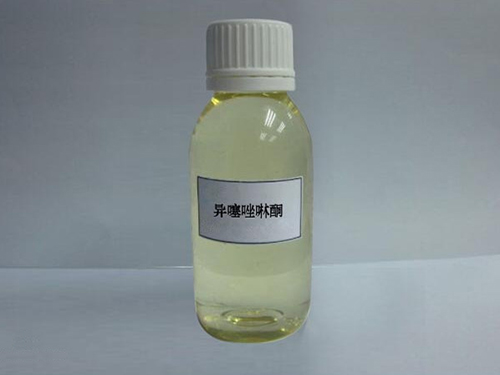Chloro Methyl Isothiazolinone and Its Applications in Preservation and Biocidal Products
Chloro Methyl Isothiazolinone Understanding Its Uses and Safety Concerns
Chloro methyl isothiazolinone (CMIT) is a well-known preservative used in various industrial and consumer products due to its effective antimicrobial properties. This compound is often found in paints, adhesives, personal care products, and detergents, where it serves to prevent the growth of bacteria, mold, and yeast. As industries increasingly turn to preservatives to enhance product longevity, understanding CMIT’s uses, effectiveness, and potential safety concerns is essential for consumers and manufacturers alike.
Chloro Methyl Isothiazolinone Understanding Its Uses and Safety Concerns
One of the significant advantages of CMIT is its broad-spectrum efficacy, meaning it can inhibit a wide range of microorganisms. This characteristic makes it particularly valuable in formulations that are prone to microbial growth. Moreover, CMIT is often combined with another isothiazolinone, methylisothiazolinone (MIT), allowing for enhanced antimicrobial protection. This combination has become popular under various product labels, particularly in cosmetics and cleaning agents.
chloro methyl isothiazolinone

However, the use of CMIT has not been without controversy. Over the years, concerns have been raised regarding the potential health impacts of isothiazolinones, particularly in those who are sensitive or allergic to these compounds. Research has suggested that prolonged exposure to CMIT may lead to allergic reactions, including skin irritations and other dermatological issues. This has prompted regulatory bodies in several regions to set exposure limits and recommend safety guidelines for consumers and manufacturers.
For example, the European Union has implemented stringent regulations regarding the use of CMIT and other isothiazolinones in cosmetic products. The European Commission’s Scientific Committee on Consumer Safety (SCCS) has categorized CMIT as a potential skin sensitizer, leading to specific restrictions on its concentration in consumer products. As such, many cosmetic manufacturers have started to reformulate their products to reduce or eliminate the use of CMIT and MIT, opting for alternative preservatives that may pose fewer health risks.
From a public health perspective, it is imperative that consumers are informed about the products they use and the ingredients contained within them. Labels now often include ingredient lists that identify CMIT, allowing consumers to make informed choices. Awareness is a powerful tool that can motivate manufacturers to prioritize transparency and safety in their formulations.
In conclusion, chloro methyl isothiazolinone plays a crucial role in the preservation of various products, offering effective antimicrobial properties essential for industrial and consumer applications. However, the potential health risks associated with its use cannot be overlooked. While the compound continues to be employed in many formulations, the growing shift towards safer alternatives reflects a broader commitment to consumer safety and ingredient transparency. As both consumers and manufacturers navigate this landscape, it remains vital to advocate for informed choices and enhanced safety standards within the cosmetics and personal care industries. As more individuals become aware of these issues, the pressure on manufacturers to find safer alternatives will likely grow, spurring innovation and improved safety in product formulations.
-
Premium Isothiazolinones | Broad-Spectrum Biocidal SolutionsNewsAug.28,2025
-
LK-319 Special Scale And Corrosion Inhibitor For Steel Plants: Advanced Solutions for Industrial Water SystemsNewsAug.22,2025
-
Flocculant Water Treatment: Essential Chemical Solutions for Purification ProcessesNewsAug.22,2025
-
Isothiazolinones: Versatile Microbial Control Agents for Industrial and Consumer ApplicationsNewsAug.22,2025
-
Scale Inhibitor: Key Solutions for Water System Scale PreventionNewsAug.22,2025
-
Organophosphonates: Versatile Scale Inhibitors for Industrial Water SystemsNewsAug.22,2025





